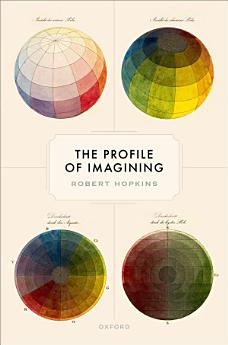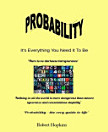The Profile of Imagining
Robert Hopkins
Mär 2024 · Oxford University Press
E-Book
288
Seiten
family_home
Zulässig
info
reportBewertungen und Rezensionen werden nicht geprüft Weitere Informationen
Über dieses E-Book
What is sensory imagining and what role does it play in our lives? How does visualizing a castle, running through a tune in one's head, or imagining the taste of fish ice cream relate to perceiving such things, or to remembering them? What are the connections between imagining and agency, and how does it relate to emotion and other affect? The Profile of Imagining offers a theory that answers these and many other questions. It argues that sensory imagining involves the redeployment of resources central to perception, though in a radically different context and to very different effect. The result is a view that explains central features of imagining's phenomenology and functional role, including its capacity to capture what it would be like to perceive its objects, while acknowledging the many and striking differences between imagining and sensing. Hopkins shows how the view can be extended to imagining in other forms, especially the imagining of affect; and uses it to argue for some surprising conclusions: that imagining something is not a way to engage with its aesthetic character; and that imagining provokes real feeling much less often than is usually assumed.
Autoren-Profil
Robert Hopkins studied at Cambridge and UCL. Before moving to New York University in 2012, he taught at the univiersities of Birmingham and Sheffield. He has served as Honorary Secretary of the Mind Association and President of the European Society of Aesthetics. In 2001 he received a Philip Leverhulme Prize for his research. His work, which is mostly in philosophy of mind and aesthetics, has appeared in a wide range of collections and journals, including Mind, Journal of Philosophy and Philosophical Review. He is an editor of the second edition of the Blackwell Companion to Aesthetics, and author of Picture, Image and Experience.
Dieses E-Book bewerten
Deine Meinung ist gefragt!
Informationen zum Lesen
Smartphones und Tablets
Nachdem du die Google Play Bücher App für Android und iPad/iPhone installiert hast, wird diese automatisch mit deinem Konto synchronisiert, sodass du auch unterwegs online und offline lesen kannst.
Laptops und Computer
Im Webbrowser auf deinem Computer kannst du dir Hörbucher anhören, die du bei Google Play gekauft hast.
E-Reader und andere Geräte
Wenn du Bücher auf E-Ink-Geräten lesen möchtest, beispielsweise auf einem Kobo eReader, lade eine Datei herunter und übertrage sie auf dein Gerät. Eine ausführliche Anleitung zum Übertragen der Dateien auf unterstützte E-Reader findest du in der Hilfe.







